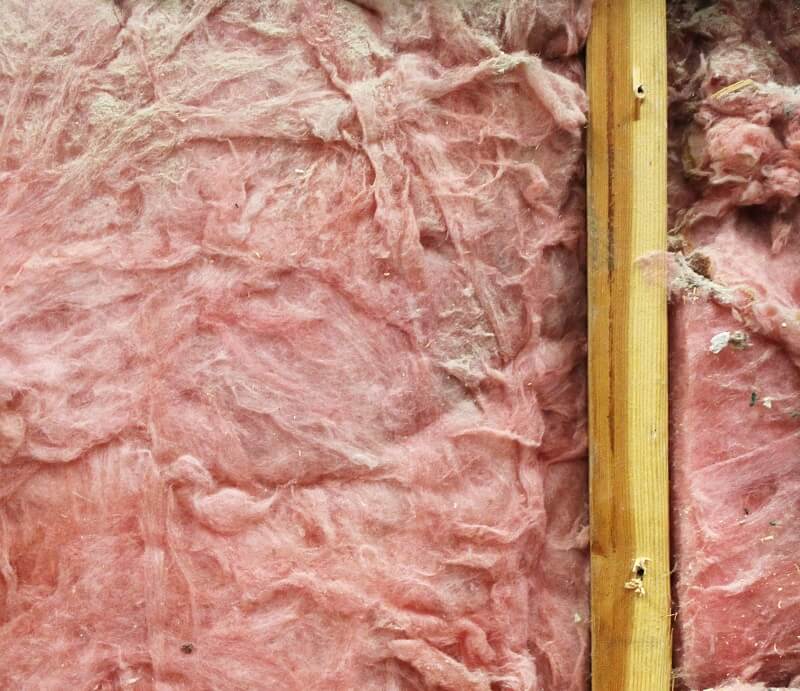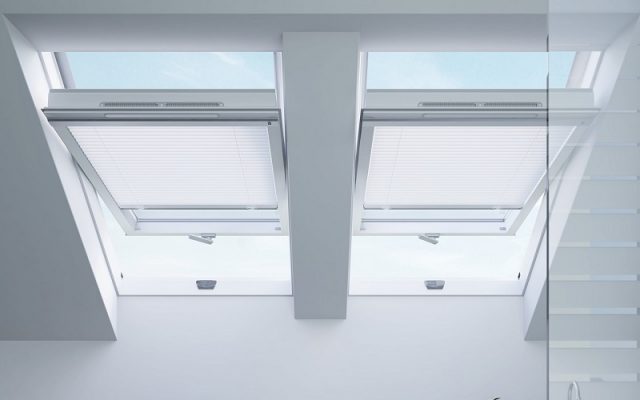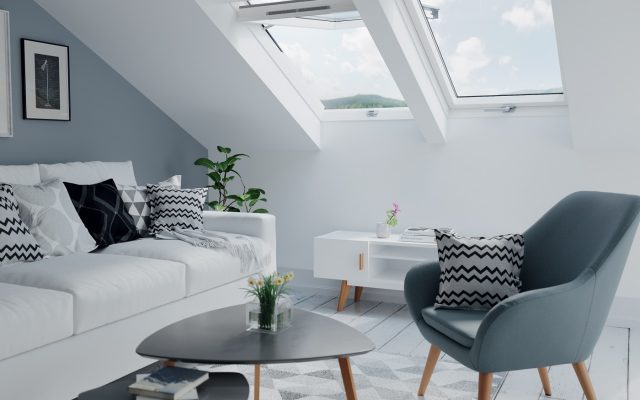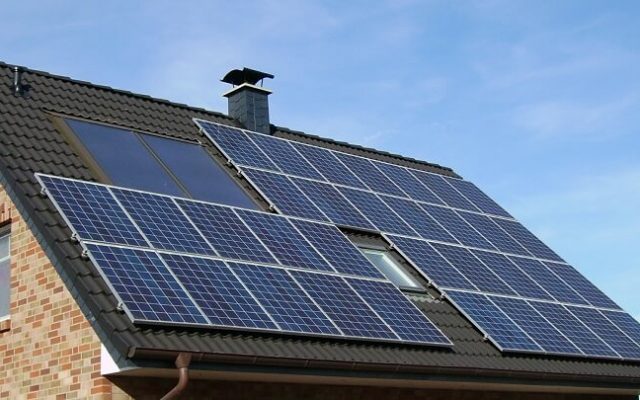Here at Dakea, we offer a great collection of high-quality roof windows & skylights that will protect your home from the elements with weather protection assets.
Our “Better Energy” collection boasts a 3-pane window with a two-chamber design that ensures an insulating solution. It should lower heating bills and reduce your carbon footprint. It’s the ultimate choice for improving your insulation.

Insulating Curtains
Insulating curtains can be a great short-term fix for draughty windows. These types of curtains are typically heavier than your usual set and contain thermal lining to improve heat retention whilst also minimising noise pollution.
Even though insulated curtains are lined with thermal materials, these curtains can have numerous designs and colours, which make them easy to match with your home decor, so you’re not compromising on style.
Window Film
Window films are plastic films that can be applied directly to your windows to improve your home’s heat retention. In the winter months, the window films will reduce the amount of heat that will escape through your windows, with some films reducing heat loss by 50%.
In the summer months, the films can block UV rays that would otherwise cause carpets, wall coverings, etc. to fade in your home.
Wall Insulation
The quality of your wall insulation can typically be assumed by the age of your home.
After the 1930s, builders and housing developers started to use cavity walls, which consist of two brick walls with a gap between them. These gaps can easily be filled with insulation and can drastically lower your heating bills.
If your home was built before the 1920s and your external walls have a mix of large and small bricks, then it would be safe to assume that your home is built with solid walls. This means that you do not have the cavity gap to fill with insulation and need to apply the insulation directly to the wall. This can be applied on the outside of your home as well as on the inside.

Floor Insulation
Poorly insulated floors can lead to a breezy ground level.
If you are currently suffering from this problem, a great stopgap can be using throws and rugs around your home. This small solution can stop heat from escaping through your floor whilst you look for a better option.
If you’d like to permanently improve your floors’ insulation, we have a few recommendations.
If your floorboards and skirting boards contain small gaps, then heat will escape. These gaps can easily be filled with a normal insulation filler from most DIY stores and can be completed without the need of a flooring professional.
For wooden floors that require further insulation, using rolls of insulation or insulation boards directly below the wooden beams will work very well. This job can be easily completed if you can access your timber joists from a basement or cellar area, but if floorboards need to be removed, a professional will be required.
Concrete floors don’t have this luxury and should be insulated with insulation boards. When using insulation boards on top of your floor, ensure that your doors are adjusted correctly so that they can still be used when the insulation has been laid.
Draught Proofing & Doors
Draught proofing your home can be a great way to improve home insulation whilst also saving you money every year. To put it simply, if cold air can enter your home, warm air can escape it. Draught-proofing your home will help. When draught-proofing, start by surveying your home for any gaps or cold breezes. Here is a list of places where you can start:
- Floorboards and skirting boards
As stated previously, floorboards and skirting boards may come with gaps between them which can be an opportunity for cold air to enter your home, so either fill the empty space below the floorboards with insulation rolls or insulation boards, or use draught-proofing strips on top of the floorboards to minimise the gap. - Doors, keyholes and letterboxes
Typically, some heat will always be lost through your door because of the material they are made from, but there are a few tips you can follow to reduce your heat loss.When you’re inspecting your door, you may feel cold air coming from the keyhole. This is a fairly common issue and can be typically solved with a quick trip to the DIY shop. Purchase and place a keyhole draught excluder around your keyhole to minimise airflow and slightly improve your heat retention. The same type of excluders can also be purchased for letterboxes, which have the same effect.
- Lofts and attics
Cold lofts and attics are also culprits for draughts and cold airflows. The main issue is that heat rises and the entrance to your loft or attic is typically situated on the ceiling, meaning that if your attic door does contain a draught, you will lose heat. The easy fix for this problem would be to install draught excluders around the inside of your loft entrance to minimise airflow.
If you’re a construction professional, you can order our insulative windows directly from our site. Just request a quote!


